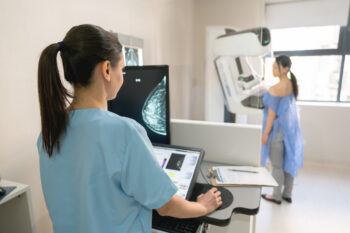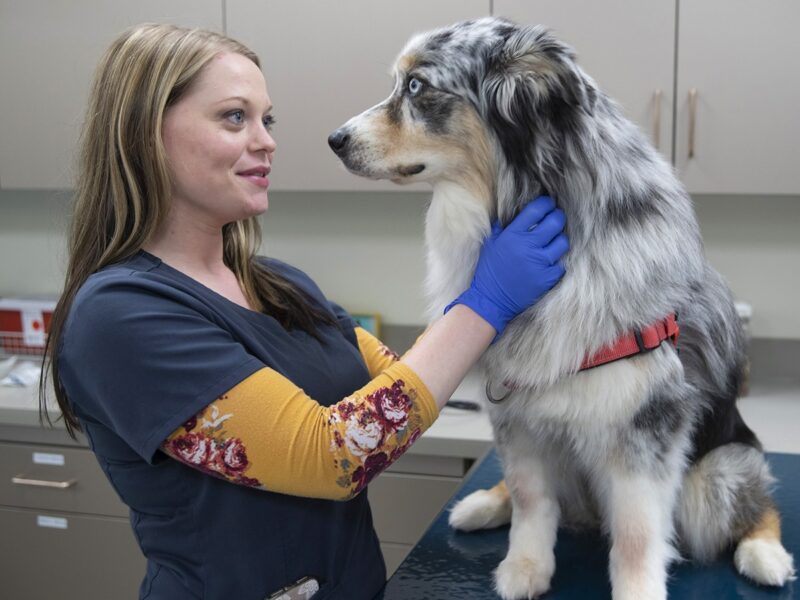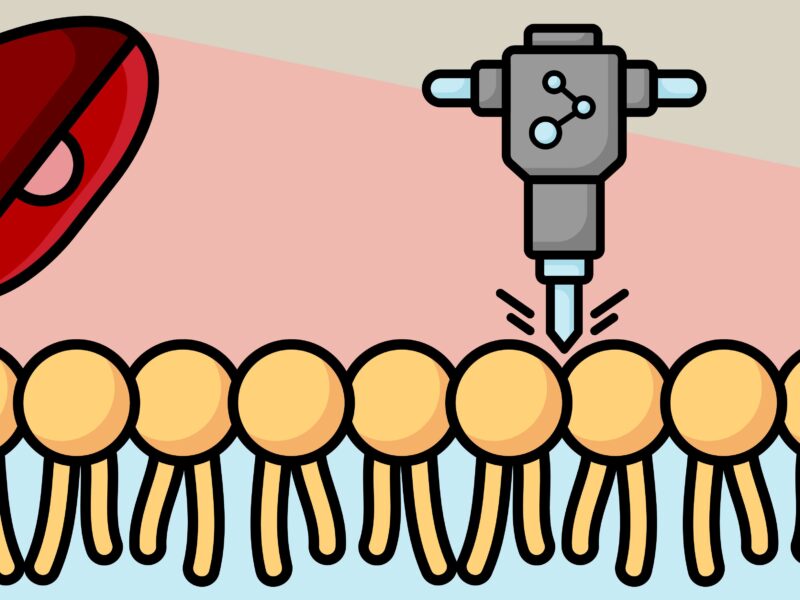When Should You Begin Getting Regular Mammograms?

Women should start getting regular mammograms at the age of 40, the U.S. Preventive Services Task Force said last month.
This is a change from their previous recommendation that women should receive breast cancer screenings at age 50. Dr. Michele Garant, a Texas A&M Health board-certified doctor of osteopathic medicine, said the new guidance is based on data collected by the task force that found more inclusive information: Women younger than 50, especially women from various ethnic groups, Black women in particular, have higher cancer rates and more aggressive tumors at younger ages.
These women will more likely benefit from earlier screening, she said. Texas A&M Today spoke with Garant about what women need to know about the new recommendations.
What are the benefits of starting screening earlier in life?
The benefit is increased detection of early cancers that are more likely to result in life-saving treatment. Early detection is the key.
Black women are 40% more likely to die from breast cancer than white women. Could earlier screenings affect this racial disparity?
Absolutely. They develop cancers at younger ages and typically they are more aggressive types. We need to include Black women and all women with higher risk, encouraging them to seek testing. It is our job to make women feel as comfortable as possible with the process.
The recommendation of one mammogram every two years still stands. Why aren’t the scans recommended on a yearly basis?
They are trying to balance the risks of over diagnosis, over treatment and false positives of more frequent yearly screening with earlier less frequent screening to save lives.
I think it is important to note that there are multiple recommendations from various societies like the American College of Obstetricians and Gynecologists and American Cancer Society. I tell my patients most of the guidelines say begin sometime between 40 and 50 and go yearly to every other year thereafter. I let them choose based upon their risks and personal preferences.
How do you think the new recommendation, which affects millions of women, will impact the healthcare system?
I think it puts emphasis on disparities in healthcare and is a good effort to open our minds to the needs of various ethnic groups that may be at more risk at earlier ages. I think anything that brings this to the public eye is good, because women at risk will hear it and seek out care.
Hopefully, this can help to spread the word, get women in and save lives. There are many recommendations, so I am not sure how much one society changing their guidelines may matter specifically, but I do think their efforts to evaluate the available data and keep this topic active and well scrutinized is great. I think their effort to get out the need for more research is key as well.
What else do you want women to know about the importance of regular breast cancer screening?
Early screening is so important. It really does find early small cancers that are so much more treatable. It really does save lives. I think establishing care with a trusted practitioner who is there to answer questions, educate, encourage guidelines and share information to make wise decisions for each patient based upon their histories and needs is vital.
Insurance companies also cover this well, and there are also many societies that help those who do not have insurance afford mammograms.
Media contact: Caitlin Clark, caitlinclark@tamu.edu





